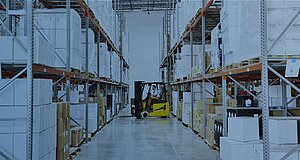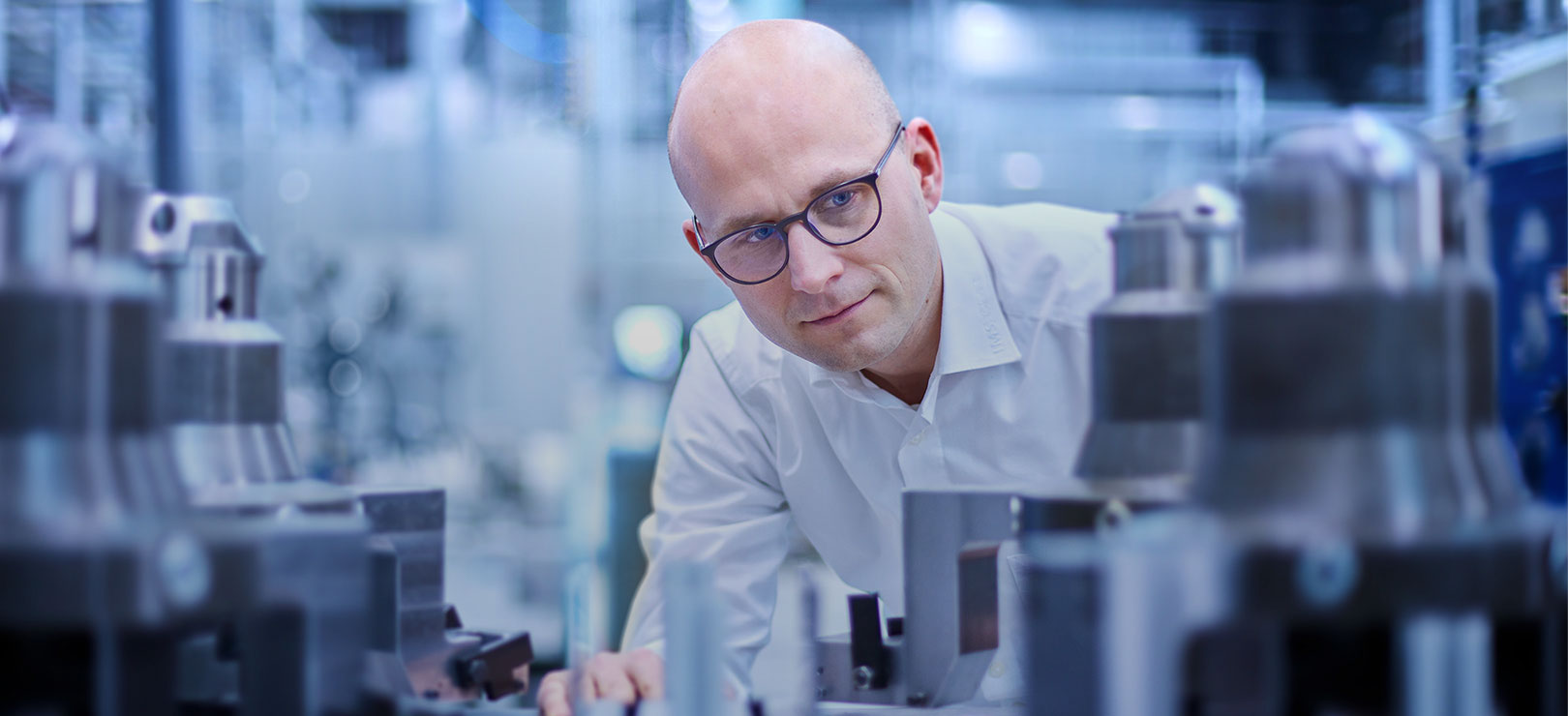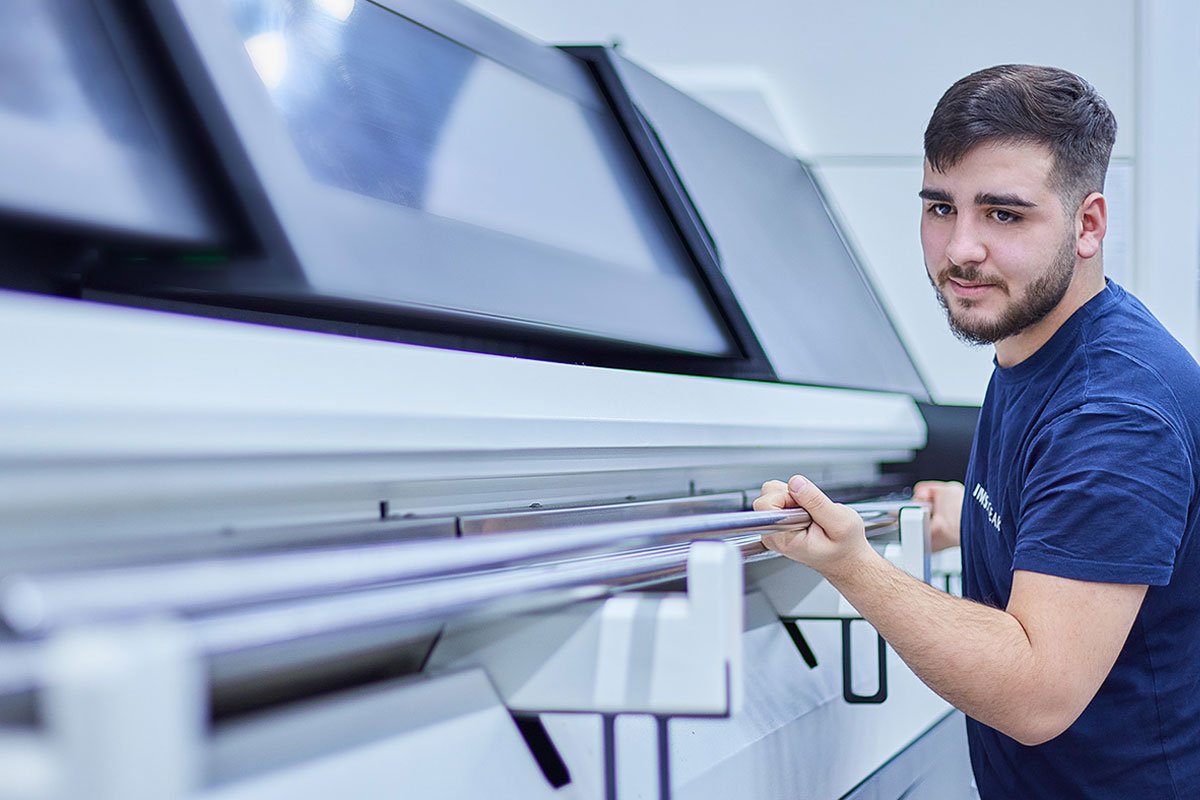Zahnrad- und Getriebetechnik von IMS Gear
Als einer der weltweit führenden Hersteller von Zahnrad- und Getriebetechnik steht Voranbringen und Vorankommen für uns seit jeher im Fokus. Unsere Kunden aus Automotive und zahlreichen industriellen Zukunftsbranchen setzen mit dem Namen IMS Gear auf verlässliche Lösungen und innovative Entwicklungen. Auf Präsenz und Performance quer über den Globus. Vor allem aber auf die Gewissheit, einen persönlichen Partner an ihrer Seite zu haben.
Die Produkte und Lösungen von IMS Gear schaffen für unsere Kunden immer wieder neue Möglichkeiten. Und damit den Fortschritt, den wir alle Zukunft nennen. Hört sich das nicht spannend an? Seit jeher treibt uns die Überzeugung an, dass Ideen stärker sind als Grenzen. Was heute noch undenkbar scheint, kann morgen schon Realität sein. Wir arbeiten daran: Lassen Sie uns gemeinsam die Welt von heute und morgen gestalten.

Glauben Sie uns, wenn wir sagen:
Wir verstehen Sie.
Mit unserem breiten Set an bewährten Komponenten, mit umfassender Entwicklungskompetenz und jahrzehntelanger Erfahrung machen wir für Sie Individualität zum Standard. Die perfekte Lösung? Das ist immer das Planetengetriebe, das exakt zu Ihnen passt. Um es zu finden, hören wir erstmal ganz genau zu: Denn ein gemeinsames Verständnis ist immer die beste Grundlage für erfolgreiche Beziehungen.
Hören. Verstehen. Tüfteln. Machen. Wie können wir Ihnen helfen?
Planetengetriebe wie für Sie gemacht
















